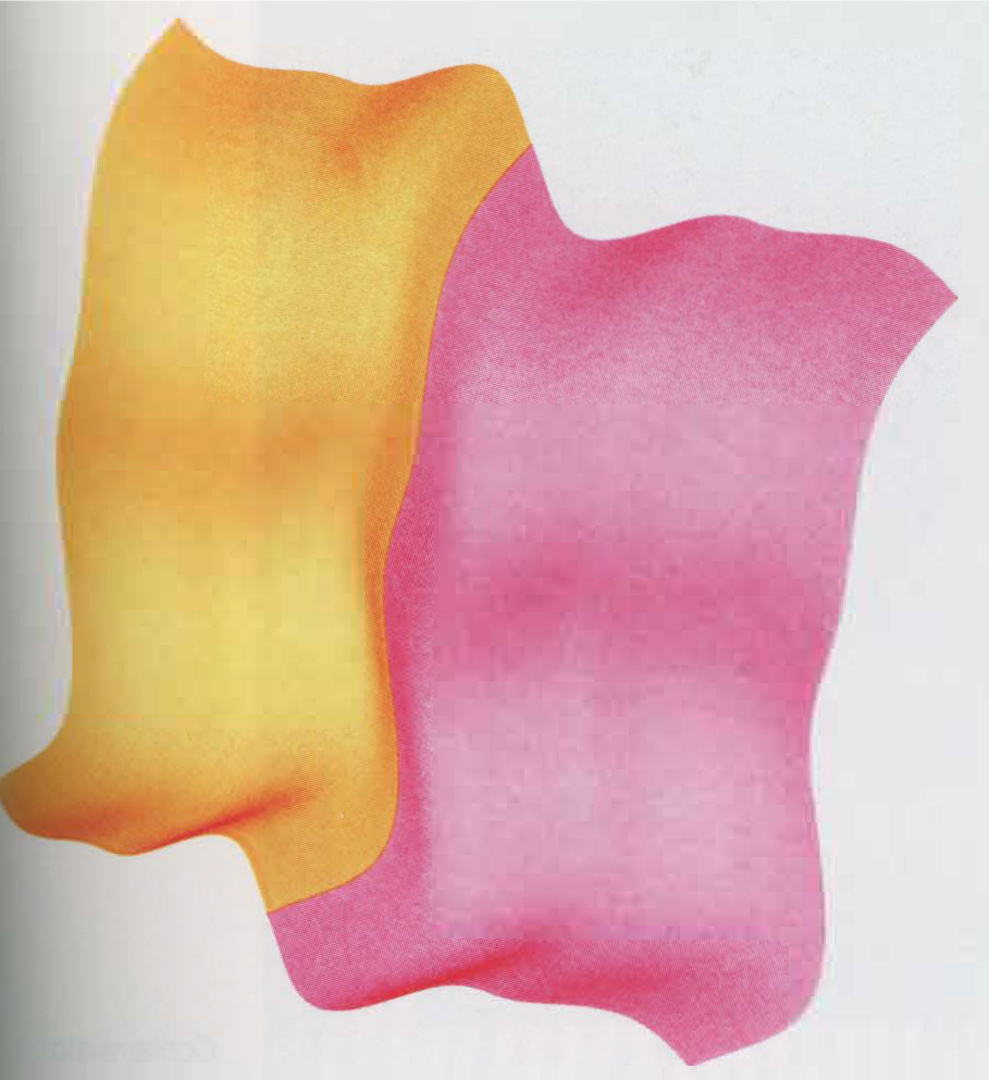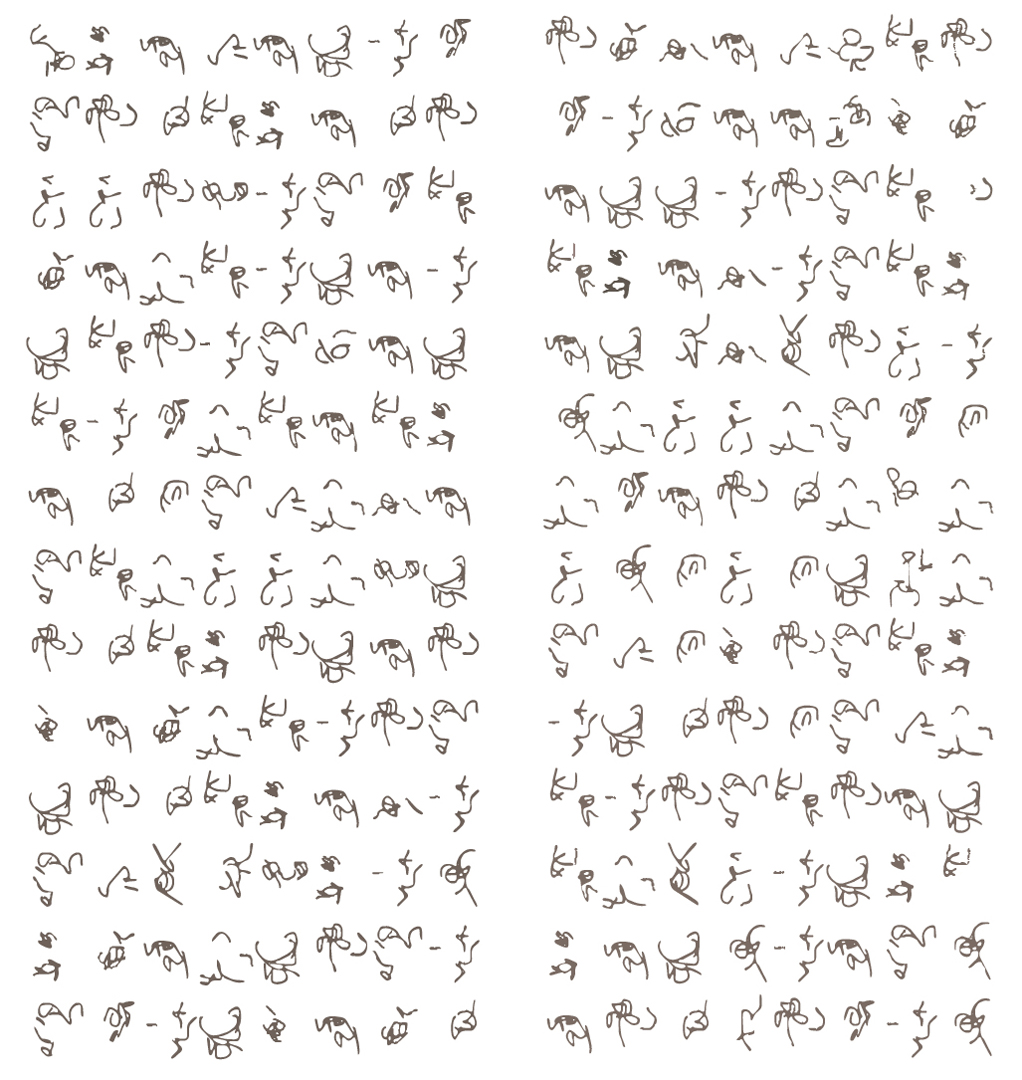Roman Verostko: Pearl Park Scripture, George Boole on the Laws of Thought
Artist(s):
Title:
- Pearl Park Scripture, George Boole on the Laws of Thought
Exhibition:
Creation Year:
- 2005
Medium:
- Algorithmic pen and ink drawing
Size:
- 32 inches x 22 inches
Category:
Artist Statement:
Intentions
The Pearl Park Scriptures, a series of new works, present algorithmic glyphs with colorful drawings in a format reminiscent of medieval manuscript illumination. This series seeks continuity with traditions that honor writings in works of art. The Artwork The most common format, as seen in this work, presents a page left (verso) and a page right (recto). The right page presents the opening text from George Boole’s “Investigation of the Laws of Thought” (1854) in a sequence of visual characters (glyphs). The glyphs read: “The design of the following treatise is to investigate the fundamental laws of those operations of the mind by which reasoning is performed; to give expression to them in the symbolical language of a Calculus, and upon this foundation to establish the science of Logic” (the glyphs do not include spaces between words) The visual characters are generated with coded procedures for which George Boole lay the groundwork 150 years ago. A classicist as well as a mathematician, he would have enjoyed these “made up” glyphs that translate his very words into yet another language.
The left page, with hundreds of intricately drawn pen and ink lines, celebrates Boole’s contributions. The drawing plays with junction and dichotomy in both form and color, a procedure with Boolean twists and turns! The operational procedures for making these twists and turns descend from his pioneer work with “the laws of thought” .. Form Source As I have often noted, my work emerges from the tradition of early 20th Century pioneers who sought to create an art of pure form. Around 1960, as a painter, my focus turned to the theory and practice of pioneers like Malevich, Mondrian and Kandinsky. Since then my work has continued the quest for visual form realities without reference to other objects. With the advent of computers and a course in Fortran, I began experimenting with coded procedures, “algorithms”, that mimed methods I used in my earlier work. The awesome power of recursive drawing drew me to a full commitment developing a program of pi:oc edures for drawing and painting. All of my current work, generated with coded procedures, continues the quest for “pure form”.






